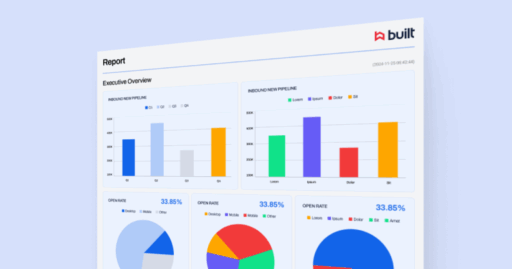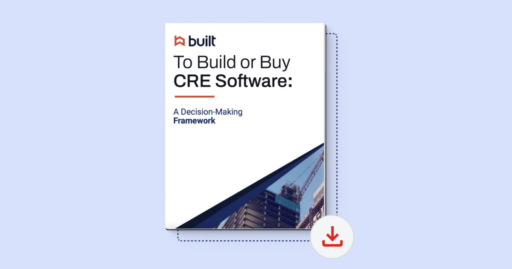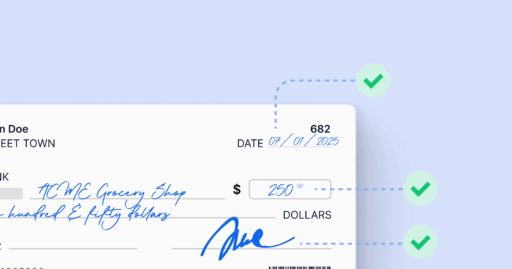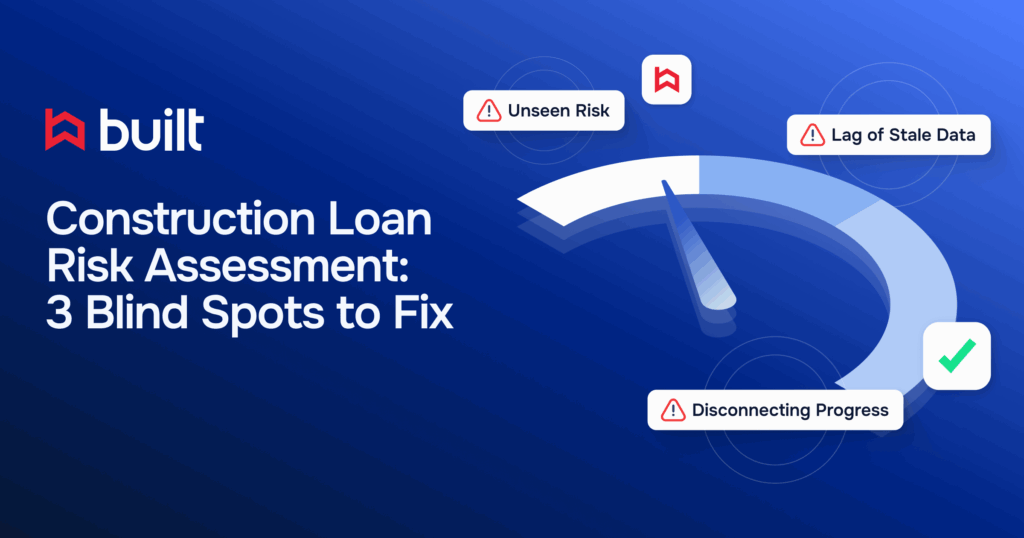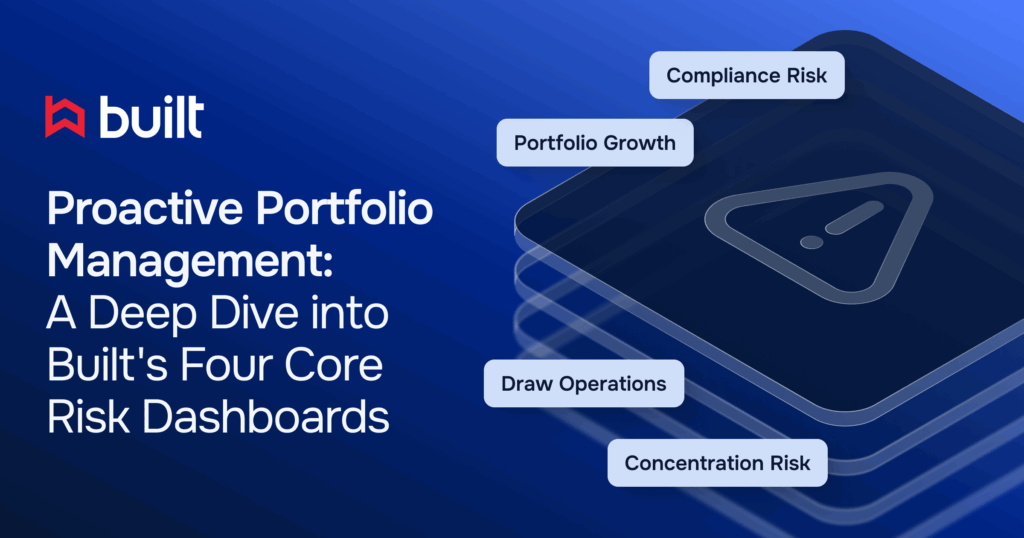
Avoid Tech Debt: Invest in the Right Digital Tools

If you select a technology solution only to discover that there are functionality gaps, you’ve added tech debt to the list of challenges that inhibit your business growth. Tech debt is incurred when a business continually spends money to maintain legacy systems rather than replacing with new technology, despite being unable to utilize its full functionality because it does not meet all business needs. Rather than a streamlined solution, you’re left with multiple, disjointed processes that end up taking more time—instead of saving time.
From a platform perspective, if specific functionality doesn’t exist and different people start doing different processes outside of the system, you’re not gaining anything from that technology or that partnership. Investing in the right digital solution will empower your team to do their jobs more efficiently and eliminate processes that prevent your team from excelling.
The first question you need to ask yourself as you start on your search for the right tool: What’s important to you as a buyer? The way you answer this will define the kind of tool that will benefit your team both now and in the future. When you’re choosing a technology partner, you want something that is going to be able to grow with you. Why? Building on-premise technology is expensive and good technology providers are re-investing revenue into development of products specifically designed to meet their customers’ needs.
The longer you hold onto legacy technologies, the more expensive they get. An estimated 80% of technology budgets go toward maintaining legacy systems. Technology providers are offering reliable solutions that are designed to evolve—the problem of tech debt enters when the companies who select those solutions are more focused on their legacy IT than they are on future solutions. EY poses the question, “Are your operations adapting as fast as your markets are changing?”—as the digital world continues to evolve, construction lenders should also be able to evaluate their processes against this question. This problem is not exclusive to construction lending and lenders who are able to avoid tech debt long term will be able to stay ahead of their competition. Changing workflows that have been impacted by legacy technology does not have to be painful. It requires the desire to maximize your technology investments with the goal of driving tech debt down. Don’t just maintain the status quo, set the curve.
There’s a difference between digital translation and digital transformation. If you’re merely seeking to translate old processes into a digital system, you may not need a sophisticated solution. However, if you’re looking to scale your business and not inherit tech debt in the process, seeking out a partnership as you evaluate your options will enable you to grow sustainably.
Stale technology and the cost of maintenance will prohibit that company from ever receiving a return on their investment. Technology tools should be adopted to solve a problem, not create more. Tech debt is a preventable problem—and once you’re prepared to combat it, you’ll be poised to grow in a sustainable fashion. You may have committed to a tool because it fits within your budget, only to discover it can only accomplish a fraction of what you’re trying to achieve. Now, you’re paying too much for what you’re getting and that could have been prevented. Thomas Kim, CEO of Enfusion, shares in a conversation with Global Trading, “Don’t go out looking for a tool to solve a singular problem but a holistic solution and partnership.”
If you are interested in reliable functionality and developing a lasting partnership, you can and should actively seek a partnership rather than just a vendor. By partnering with a potential technology tool, you can play a pivotal role in driving future functionality, steering product growth with your business growth. It’s an opportunity for a mutually beneficial relationship that drives forward-thinking results.
When seeking a new digital solution, the price of that solution is likely top of mind. If you’re focused on price, here are a few things to keep in mind:
- First, technology companies that are dedicated to creating the best products are not focused on being the lowest-cost provider.
- Second, if you are choosing a solution based on the price alone, you are making a decision based on the current state of your business and not considering your future trajectory, opening yourself up to tech debt.
Take First Federal Savings Bank of Twin Falls—four years ago they selected a digital solution that met their construction loan management needs at that time but quickly discovered that it made their processes disjointed and time-consuming. Essentially, they ended up with tech debt because they opted for a short-term solution rather than a long-term partnership. Now, they are partnered with Built to eliminate duplicative workflows in favor of a streamlined process that enables them to work more efficiently than ever before.
Seek nuance in a platform. Any technology you decide to adopt should be willing and able to address even the most specific questions. What do you do when you have an equity injection in the middle of a CRE project? Or when your consumer wants to add a swimming pool in the middle of building their dream home? Can the platform handle sophisticated loan types? Do they have the team behind them to keep up with evolving needs? Dig into the specifics of the company—how many people are committed full-time to developing the tools? How many people are dedicated to client success? Does the management team understand your pains and share your vision?
The answer to all of these will lead you to whether or not the tools you’re considering can keep up with inevitable changes in the industry and for your business.
If you’re not sure, the sales process is your opportunity to be asking these questions. Investing in technology, much like any other investment decision, is not one you should take lightly. Put technology providers to the test. Once you can answer if the functionality your team requires is there, determine if you’re making the right long-term partnership decision.
With Built, you can rest assured that:
- We can handle all types of construction loans from one centralized platform.
- We are focused on how to continuously add value to the existing platform.
- We are delivering on the promises that we are making to our lender partners.
We set out to solve the specific problem of construction loan administration first, with a special focus on the construction finance industry as a whole and solve problems you face. The care and passion we have for the industry doesn’t end at construction loan administration software—it extends to our customers, the challenges they face, and even the team behind the software solving the problems. Built is actively working to help the entire construction ecosystem get their money faster while mitigating risk and providing customer-first digital experiences. And, we’re doing this alongside some of the world’s best lending institutions, consistently improving as we do it. Those that succeed on the Built platform are holistic thinkers, constantly finding ways to incorporate best practices on a strong digital foundation.
If you’re interested in forming a partnership with our team, schedule a demo today.
